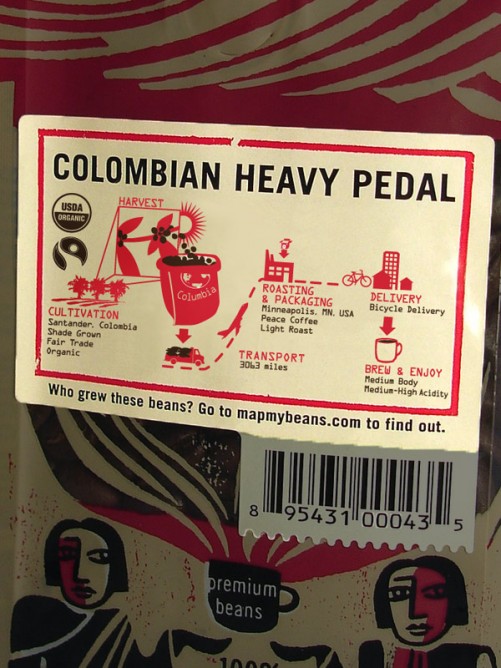With increasing focus on sustainability, companies are eager to tell their customers how they are working to preserve the environment. At the same time, consumers are demanding transparency from companies.
Traditionally, eco-labels or similar “stamps of approval,” have helped bridge communications between companies and consumers about environmentally friendly products. But as the movement toward sustainability picks up speed, an even more effective tool to clarify how products impact our surroundings is needed.
An array of green-marketing claims—organic, local, fair-trade, zero-emissions, carbon-neutral—have surfaced thanks to growing segmentation within the sustainability market. Unfortunately, this has caused confusion among consumers, especially since the sustainability of a product is often dependent upon its context. Big picture connections between the products in consumers’ hands and the outside world are required to communicate the sustainability of a product. Clearly, an evolution of the eco-label is needed to address the growing needs of the industry.
Background stories show the big, true picture
Visual storytelling can arm consumers with the information they need to gauge the eco-worthiness of products.
Revealing a product’s social and environmental impact, Background Stories is a tool that visually describes the life cycle of a product—from production to the retail aisle—with graphics, facts and captions in a storyline.
Just as nutrition labels provide consistent information on food packaging (calories, total fat, sodium), Background Stories can utilize data visualization to note a product’s carbon footprint and other Life Cycle Analysis (LCA) indicators. This framework can support existing product certification labels, such as organic and fair trade.
Unlike other labels, Background Stories can continue on the products’ web sites. Companies post data to back-up claims they make on their packaging and consumers can dig deeper into the manufacturers’ business practices; navigating through information.
Using storytelling, a familiar, engaging form of communication, Background Stories provides a foundation for consumers to navigate products’ social and environmental information at their own pace, or not at all. Customizable for any product, the tool speaks to consumers in a positive way. Based on the facts consumers see on the label and online, decisions about what is right or wrong is left up to them.
Why it works
The environment, consumers and businesses all benefit from Background Stories. Consumers make choices that are healthier for themselves and the planet when provided with information about a product’s environmental impact before purchasing it. And, companies no longer have to bury their sustainability stories in corporate social responsibility reports. Instead, they can present them at the point-of-sale.
Longer-term impact holds even more promise.
Companies that share their Background Stories with consumers will be better equipped to introduce innovative manufacturing and distribution practices that take a lesser toll on the environment. And, consumer demand for simpler, more accessible information on packaging will rise, causing companies to evaluate their sustainability practices and raise the bar in green reporting and action. Finally, consumers who experience Background Stories on select products will be better educated about manufacturing and distribution processes and inclined to demand that environmental impacts be shared on products without Background Stories.
Compared to other information sources, Background Stories allow companies to effectively communicate substantive information on their packaging. Where eco-labels mark single attributes, Background Stories put them in context.
Learn more about telling products’ Background Stories in Arlene Birt’s upcoming Summer 2014 online course at MCAD, Visual Communications for Sustainability.
Portions of this article were previously published by Packaging Design Magazine. Images courtesy of @Arlene Birt

